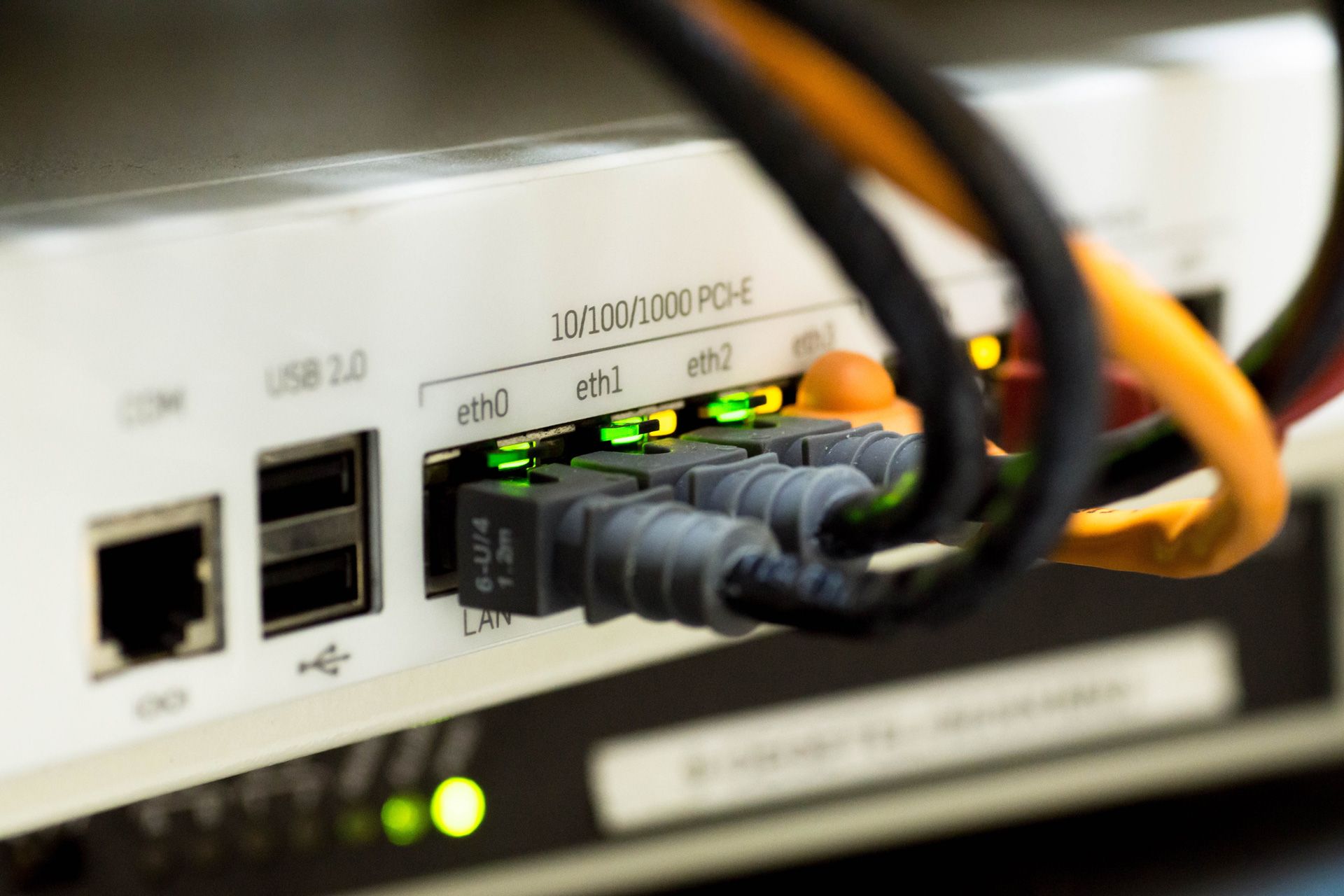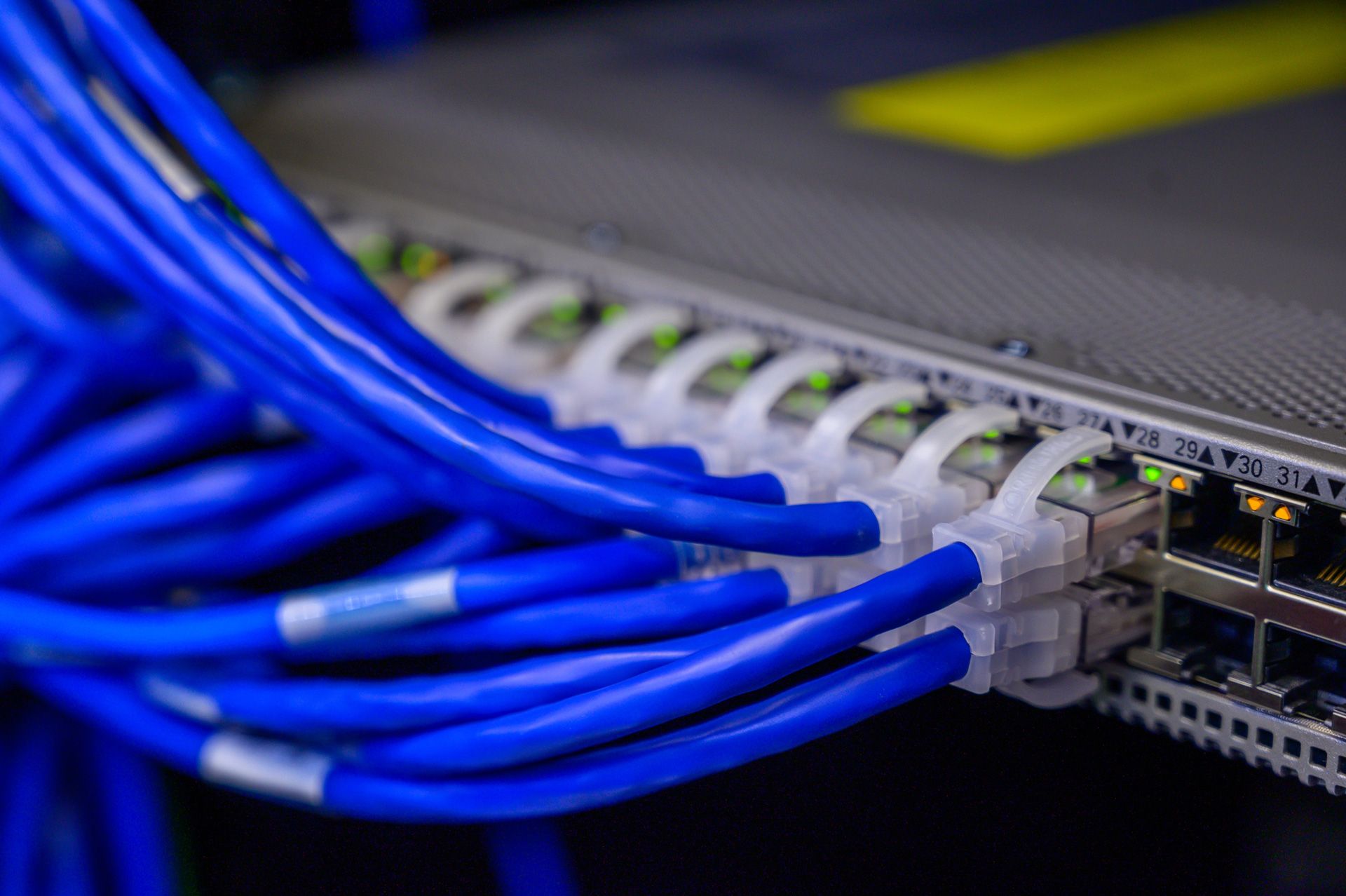Exploring Broadband Networks in Charlotte: A Comprehensive Guide
Introduction
Broadband networks have become an integral part of Charlotte's infrastructure, playing a pivotal role in driving economic growth, enhancing communication, and facilitating access to digital resources for residents and businesses alike. As the city continues to evolve and grow, the
demand for reliable and high-speed internet connectivity remains paramount, underscoring the significance of investing in and understanding the intricacies of broadband networks in the region.
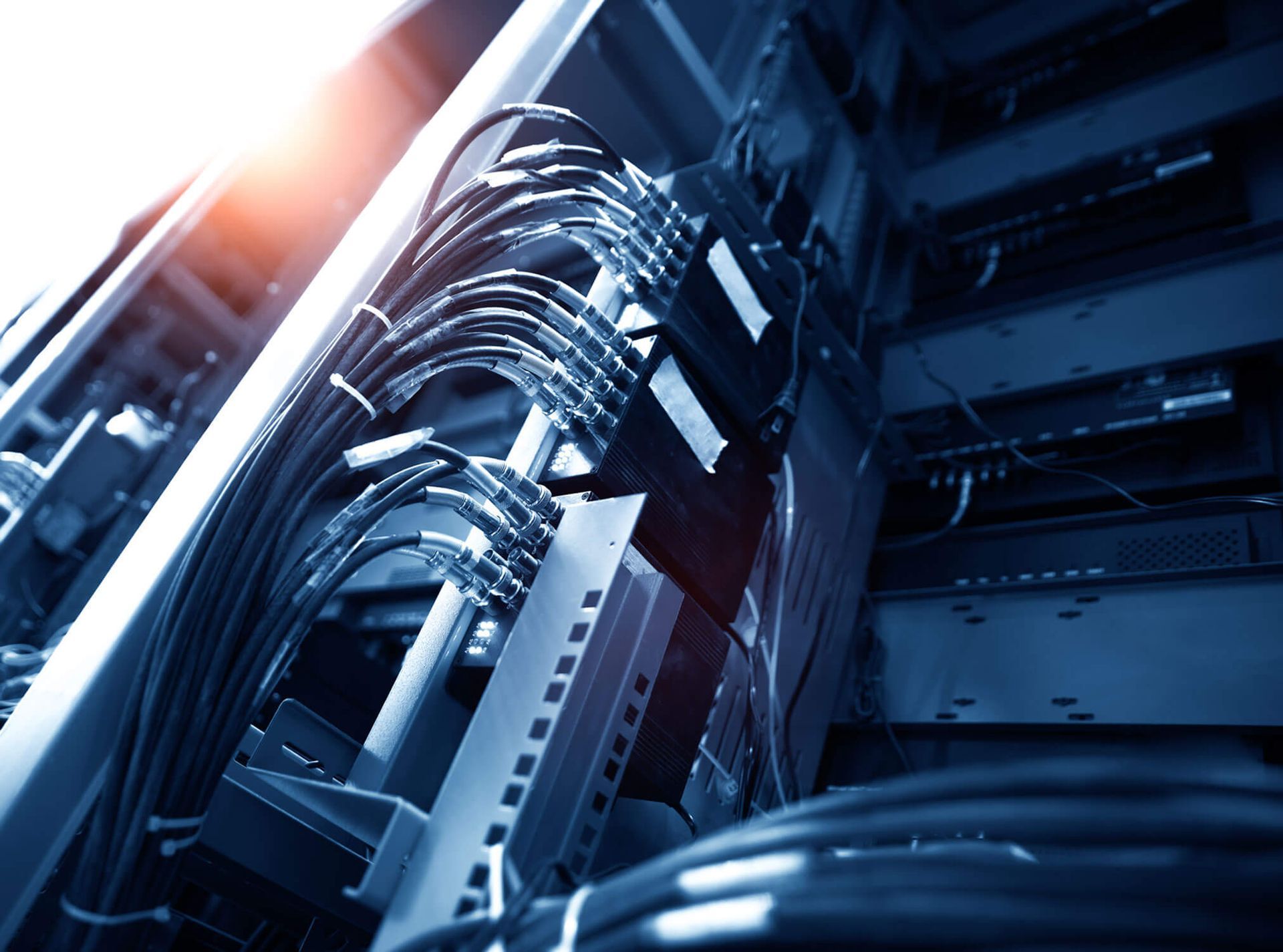
Interior Cabling for Apartment Complexes
Interior cabling in apartment complexes is a foundational element that ensures residents have access to consistent and reliable internet and communication services. The importance of this infrastructure cannot be understated, as it directly impacts the quality of digital experiences, from streaming media to participating in online meetings. Different types of cabling solutions are available for apartment complexes, each designed to cater to specific needs and building architectures. These range from traditional copper cables to more advanced fiber-optic solutions, each with its own set of advantages and considerations.
Upgrading the cabling infrastructure in apartment complexes offers a host of benefits. Not only does it provide faster and more reliable internet connectivity, but it also enhances the overall value of the property, making it more appealing to potential residents. Furthermore, with the increasing reliance on digital platforms and services, having a robust cabling infrastructure becomes a necessity rather than a luxury. Proper cable management is crucial in this context. It ensures that the cabling system remains organized, efficient, and easy to maintain, reducing potential disruptions and ensuring longevity.
However, like any infrastructure, interior cabling is not without its challenges. Apartment complexes may encounter various cabling issues, from signal interference to physical damage. It's essential to be aware of common problems and have strategies in place to troubleshoot them promptly. This not only ensures uninterrupted service for residents but also prolongs the lifespan of the cabling system, ensuring a return on investment for property managers and owners.
Structured Cabling
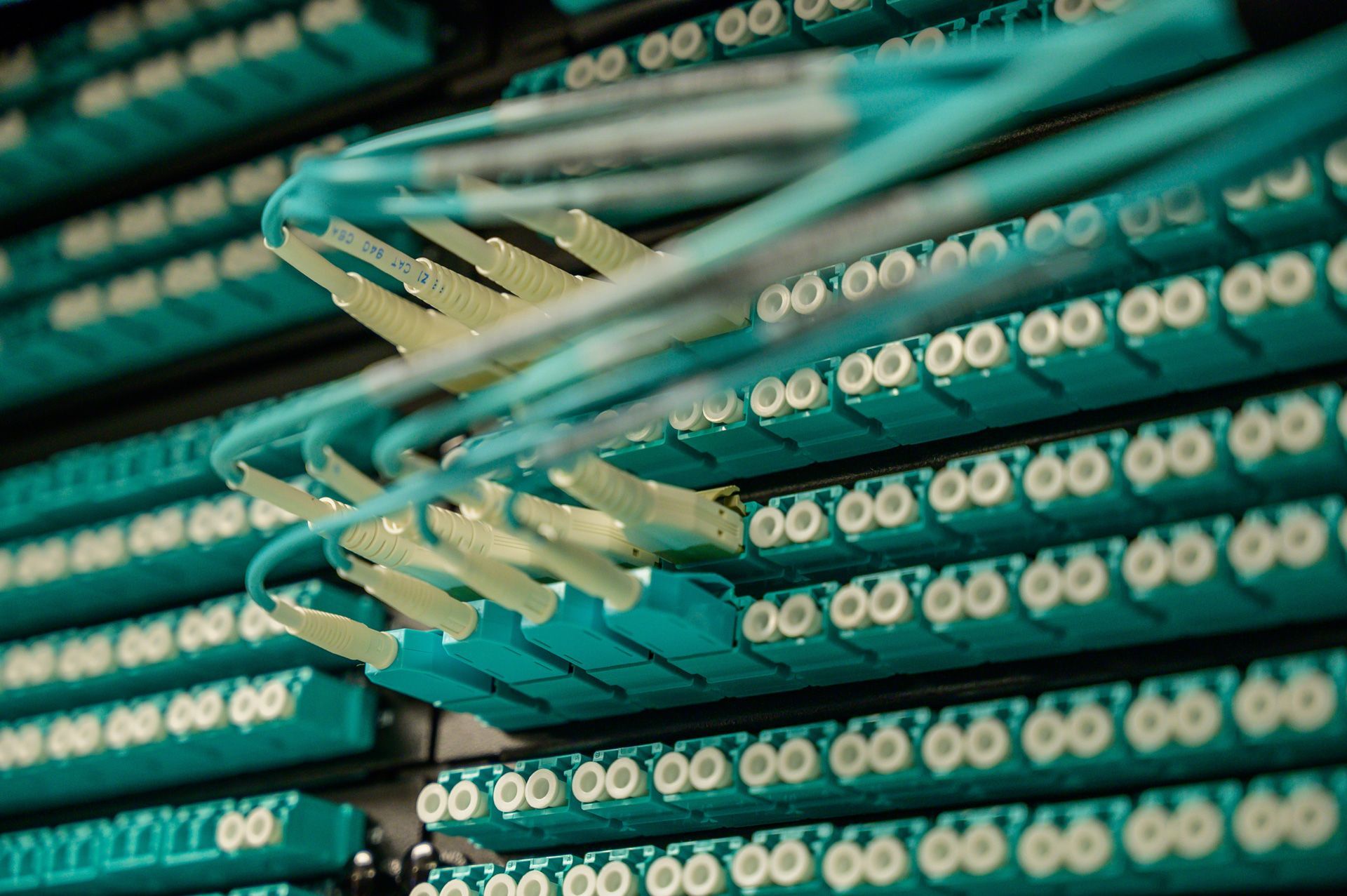
Structured cabling is a standardized approach to designing and installing cabling systems, ensuring consistent performance and adaptability to future technological advancements. At its core, this system is comprised of several components:
- Centralized Panels: These serve as the main hub, connecting various parts of the network.
- Data and Voice Patch Panels: Facilitate the routing of information.
- Cabling Trunks: The primary pathways for data transmission.
According to a recent article from WRAL TechWire, data from the state of North Carolina highlighted areas with limited high-speed internet access. The report showed significant disparities in connectivity across the state, with counties like Wake, Dare, and Orange having notably better access compared to others. This underscores the importance of a robust and efficient network infrastructure in ensuring equitable access for all residents.
Adherence to structured cabling standards and guidelines is crucial. These standards, often set by international bodies, ensure that the cabling system is reliable, efficient, and compatible with various devices and services. One of the standout advantages of structured cabling is its ability to "future-proof" networks. This means that as technology evolves, the cabling system can adapt without requiring major overhauls.
Lastly, given the technical nature and precision required in setting up such systems, it's highly recommended to engage professional structured cabling services. Experts in the field can ensure proper installation, maintenance, and optimization, guaranteeing the best performance for users.
Fiber Optics
Fiber optic networks have gained prominence due to their superior data transmission capabilities. Key advantages include faster speeds, higher bandwidth, and reduced signal degradation over long distances. When considering the installation process, it involves:
- Site Assessment: Determining the best route for the cables.
- Cable Laying: Deploying the fiber optic cables, either underground or overhead.
- Connection & Testing: Ensuring the network is operational and meets performance standards.
There are various types of fiber optic cables available, each suited for specific applications:
- Single-mode Fibers: Ideal for long-distance transmissions.
- Multi-mode Fibers: Best for short-distance transmissions, such as within buildings.
Maintenance of these networks is vital. Regular inspections can identify potential issues, and timely repairs ensure uninterrupted service. A notable comparison in the networking world is between fiber optics and traditional copper cabling. While copper has been the standard for many years, fiber optics offer superior performance, especially over long distances, making them the preferred choice for modern network infrastructures.
Coaxial Cable Installation
Coaxial cables, commonly referred to as "coax", have been a staple in data transmission for years. They are characterized by a central conductor surrounded by an insulating layer, which is then covered by a metallic shield.
Key Features:
- Durability: Resistant to external interferences.
- Versatility: Suitable for both data and television signal transmission.
Installation Steps:
- Route Planning: Identifying the best path for the cable.
- Cable Laying: Running the coaxial cable through the planned route.
- Connector Installation: Attaching connectors to both ends.
Post-installation, it's imperative to conduct testing to ensure optimal performance. This involves checking for signal strength and potential interference. Quality assurance ensures that the installation meets industry standards and provides reliable data transmission.
For apartment complexes, upgrading to coaxial can offer enhanced connectivity, especially for TV services. And a pro tip for those considering coaxial installation: always ensure cables are not bent at sharp angles, as this can degrade the signal quality. Hiring professionals with expertise in coaxial installation can guarantee the best results and longevity of the system.
WiFi Installation and Management
WiFi networks have become indispensable in modern living, especially in apartment settings where residents demand seamless internet connectivity. As highlighted by
Cisco, "Wi-Fi is a wireless networking technology that allows devices such as computers, mobile devices, and other equipment to interface with the Internet." Setting up an efficient WiFi network in apartments involves understanding the layout, potential interference sources, and the number of devices that will connect. The goal is to provide consistent coverage across all areas.

A critical aspect of WiFi setup is the placement of access points. Strategically positioning these devices can ensure optimal signal strength. It's advisable to place access points away from physical obstructions like walls and to consider multi-floor setups in taller buildings. Central locations often yield the best results.
Security is paramount for any WiFi network. Best practices include:
- Changing Default Credentials: Avoid using factory-set usernames and passwords.
- Enabling WPA3 Encryption: This is the latest and most secure encryption standard.
- Regular Firmware Updates: Keeping router firmware updated can patch vulnerabilities.
For property managers, remote management of apartment WiFi can be a boon. It allows for real-time monitoring, bandwidth allocation, and instant troubleshooting without physical interventions. Speaking of troubleshooting, common WiFi issues in apartments include signal dropouts, slow speeds, and connectivity failures. Often, these can be addressed by checking for interference, resetting the router, or updating device drivers.
In essence, a well-managed WiFi network in apartments not only ensures resident satisfaction but also adds value to the property, making it a sought-after amenity for potential tenants.
New Construction Internet
In today's digital age, integrating internet infrastructure during the construction phase of new buildings is not just an option but a necessity. Proper planning at this stage ensures that the building is equipped to handle current and future connectivity demands.
When planning the internet infrastructure for new constructions, it's essential to consider the type and scale of the building. Whether it's a residential complex, commercial space, or an industrial facility, the requirements can vary. During the construction phase, builders have several internet options, including fiber optics, coaxial, or DSL. The choice often depends on the expected usage, budget, and available infrastructure in the area.
Wiring for high-speed internet is crucial, especially with the increasing demand for bandwidth-intensive applications like video conferencing and online gaming. Properly installed and shielded cables can ensure that residents and businesses enjoy uninterrupted, high-speed connectivity.
Collaboration with Internet Service Providers (ISPs) during the construction phase can be beneficial. ISPs can offer insights into the latest technologies, potential future upgrades, and can also provide exclusive deals or packages tailored for the new building's residents.
Once the construction and wiring are complete, it's vital to test and certify the internet infrastructure. This ensures that the network meets industry standards, offers the promised speeds, and is reliable. Certification can also serve as a selling point, assuring potential residents or tenants of the building's digital readiness.
Additional Network Outlets
In the digital age, the demand for connectivity in every corner of an apartment is growing. The need for extra network outlets arises from multiple devices requiring wired connections for optimal performance, such as gaming consoles, smart TVs, and desktop computers.
Considerations:
- Ethernet Ports: Adding these to various rooms ensures a stable connection, especially crucial for activities like high-definition streaming or online gaming.
- Aesthetics vs. Functionality: While it's essential to have accessible outlets, it's equally important to ensure they blend seamlessly with the apartment's decor. Concealed wiring or strategically placed outlets can strike the right balance.
- Evolving Tech: As technology advances, the type and number of outlets might need adjustments. For instance, the transition from traditional USB to USB-C might necessitate different outlet designs.
For installation, it's always recommended to engage professionals. They can ensure safe installations, optimal placement, and minimal disruption. Moreover, they can provide insights into future-proofing the outlets, ensuring they remain compatible with evolving technologies.
In essence, while wireless technology is advancing, the need for wired connections remains relevant. Ensuring apartments have adequate and modern network outlets is an investment in consistent, high-speed connectivity.
Internet and Phones

The integration of internet and phone services in apartments has become more streamlined, with many providers offering bundled packages. These bundles often provide cost savings and the convenience of a single bill for residents. Moreover, they can ensure consistent service quality, as both services come from the same provider.
Voice over Internet Protocol (VoIP) has emerged as a popular solution for apartment complexes. Unlike traditional phone lines, VoIP uses the internet to transmit voice calls, offering clearer audio quality and often at a reduced cost. Additionally, VoIP systems can integrate with other digital services, enhancing the overall communication experience for residents.
Reliability is paramount when it comes to both internet and phone connectivity. Service providers must invest in robust infrastructure, regular maintenance, and timely upgrades to ensure minimal downtimes. This reliability not only ensures seamless communication but also enhances the reputation of the apartment complex.
However, like all digital services, issues can arise. Whether it's a slow internet connection or a dropped phone call, troubleshooting these issues promptly is essential. Service providers often offer 24/7 support, and in many cases, issues can be resolved remotely without the need for on-site visits.
Looking ahead, the future of internet and phone setups in apartments is geared towards more integrated and smart solutions. With the rise of smart homes, we can expect phone and internet services to be part of a larger ecosystem, offering residents a more connected and seamless living experience.
Conclusion
Broadband networks have undeniably cemented their position as a cornerstone of Charlotte's digital infrastructure. Their role in fostering economic development, enhancing communication, and ensuring access to a plethora of digital resources for both residents and businesses is paramount. As highlighted by Esri, "The North Carolina broadband office has utilized digital maps and data science to identify and prioritize areas, termed 'internet deserts,' that lack adequate broadband connectivity. This initiative aims to strengthen local economies and promote equity by ensuring high-speed internet access to the most marginalized households." As Charlotte continues its trajectory of growth and technological advancement, the emphasis on reliable and high-speed internet connectivity will only intensify, highlighting the critical nature of robust broadband networks in the region.
American Broadband Networks stands out as a beacon in this landscape. As a leading provider in the region, our dedication to quality, innovation, and customer satisfaction is evident. Catering to both residential and commercial needs, we offer tailored network solutions that align with the city's aspirations. With entities like
American Broadband Networks leading the charge, the future of broadband technology in Charlotte looks promising, ensuring that the community remains well-connected and primed for the digital advancements on the horizon.
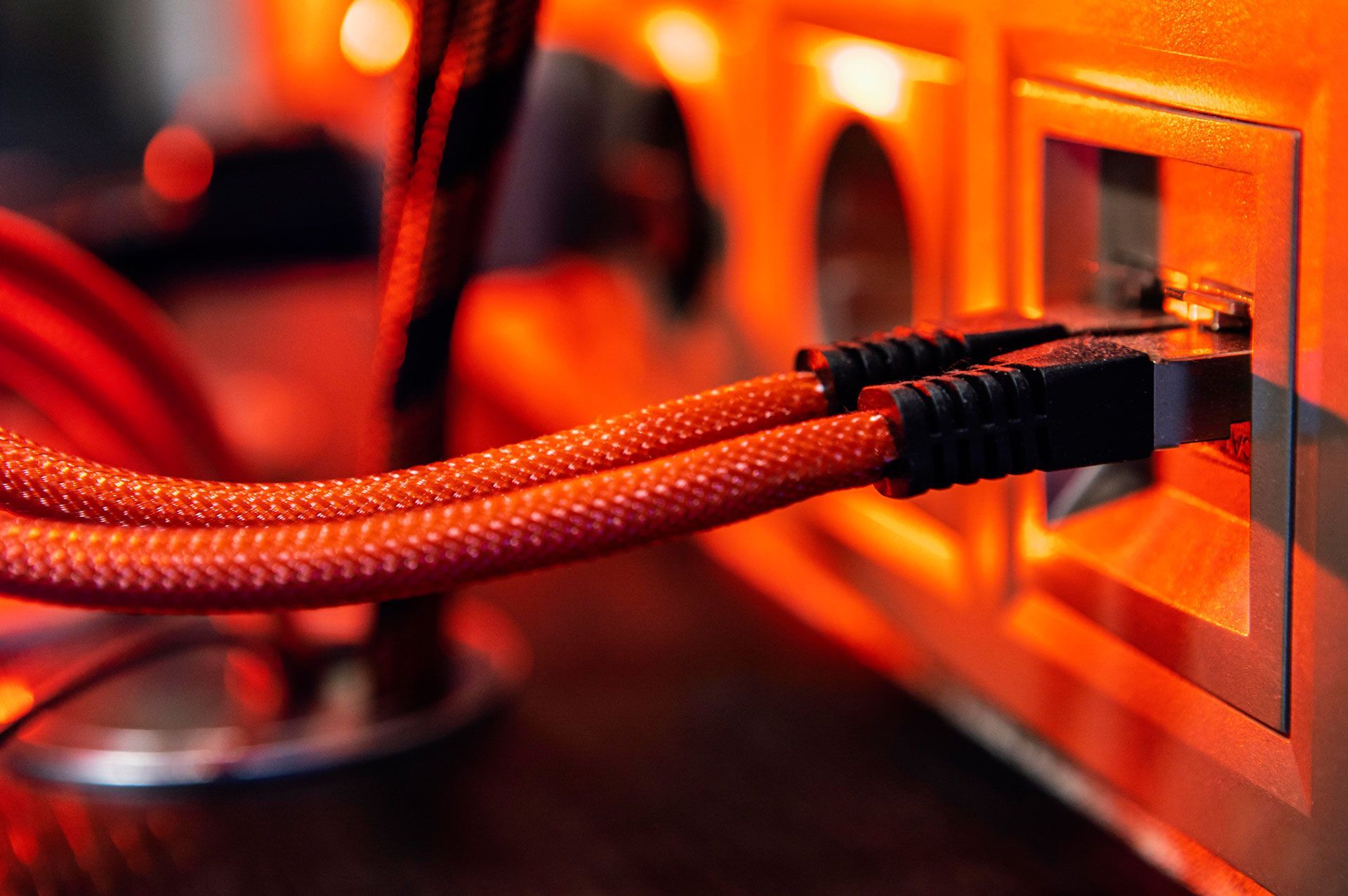
Leave us your info
Sign up to our newsletter
We will get back to you as soon as possible
Please try again later
CONTACT US
11009 Astoria Dr, Charlotte, NC 28262, United States of America
(336) 210-5445
dtm3tv@gmail.com
BUSINESS HOURS
- Mon - Fri
- -
- Sat - Sun
- Closed






